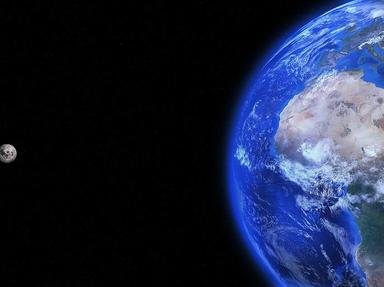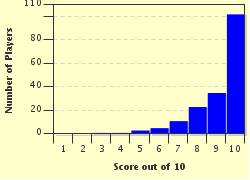Quiz Answer Key and Fun Facts
1. I've just landed at Nadi International airport on the island of Viti Levu. Everybody seems to be extremely happy about their wonderful Rugby Sevens team. In which country have I just arrived?
2. The next stop is New Caledonia. On arrival I notice that I'm struggling to understand what people are saying. What is the principal language of the country the locals call Nouvelle-Calédonie?
3. I'm impressed by this innovative thinking! Which of the following countries has a highly successful scheme to generate income from its internet domain name?
4. Following the first European 'discovery' of Tonga by the Dutch in the early 17th century, the warm reception afforded to James Cook and his crew in 1773 led him to propose what name for this archipelago?
5. The flag of which South Pacific country (an Australian external territory) features a green pine tree sharing the name of that country?
6. I'm not tempted to go here so I'll just read about this place. After relocating the entire population in 1946, which South Pacific Island, with a name perhaps incorrectly attributed to female swimwear, was subject to United States nuclear bomb testing for twelve years?
7. During his extended sojourn in the capital Pape'ete, the post-impressionist artist Paul Gauguin painted many pictures featuring the beautiful women of which South Pacific country?
8. The Battle of Guadalcanal was a fierce campaign during World War II. In which island group, perhaps reminiscent of a wise Biblical king, is Guadalcanal found?
9. For nearly a century until 2000, the economy of the world's smallest island nation, Nauru, was almost solely dependent upon guano. For which mineral, vital for agriculture, is guano a very rich source?
10. After all the interesting locations I've visited in the South Pacific, it's time for a rest and some liquid refreshment! Which intoxicating drink, common to most Polynesian countries, is made from the roots of the Piper methysticum plant?
Source: Author
MikeMaster99
This quiz was reviewed by FunTrivia editor
agony before going online.
Any errors found in FunTrivia content are routinely corrected through our feedback system.

